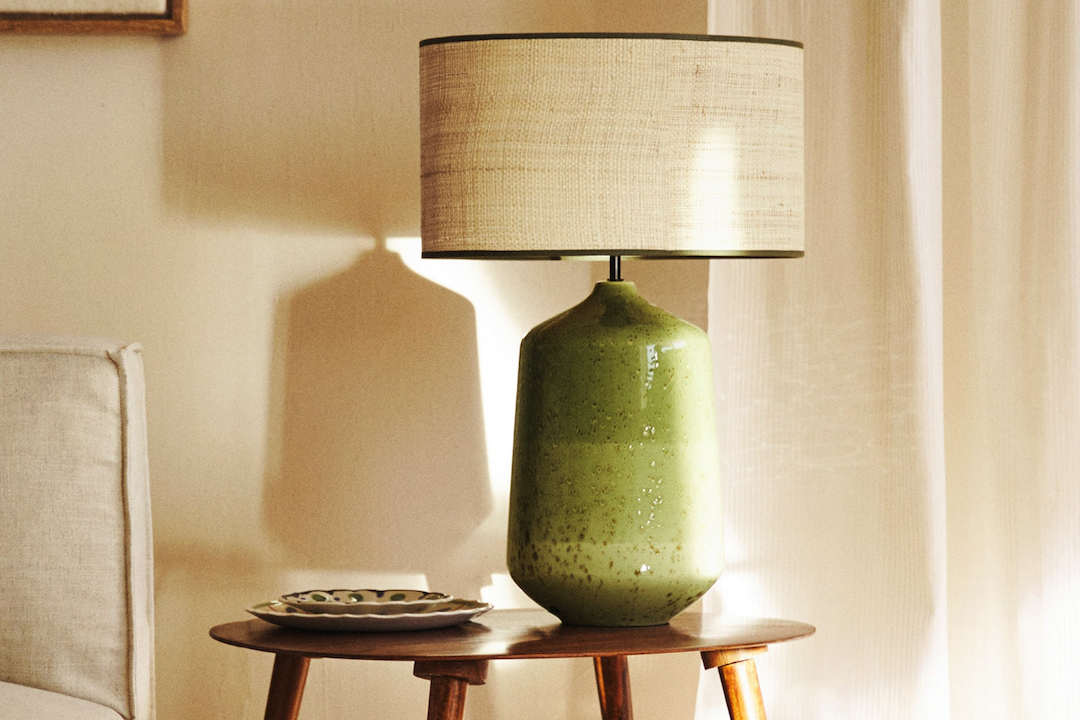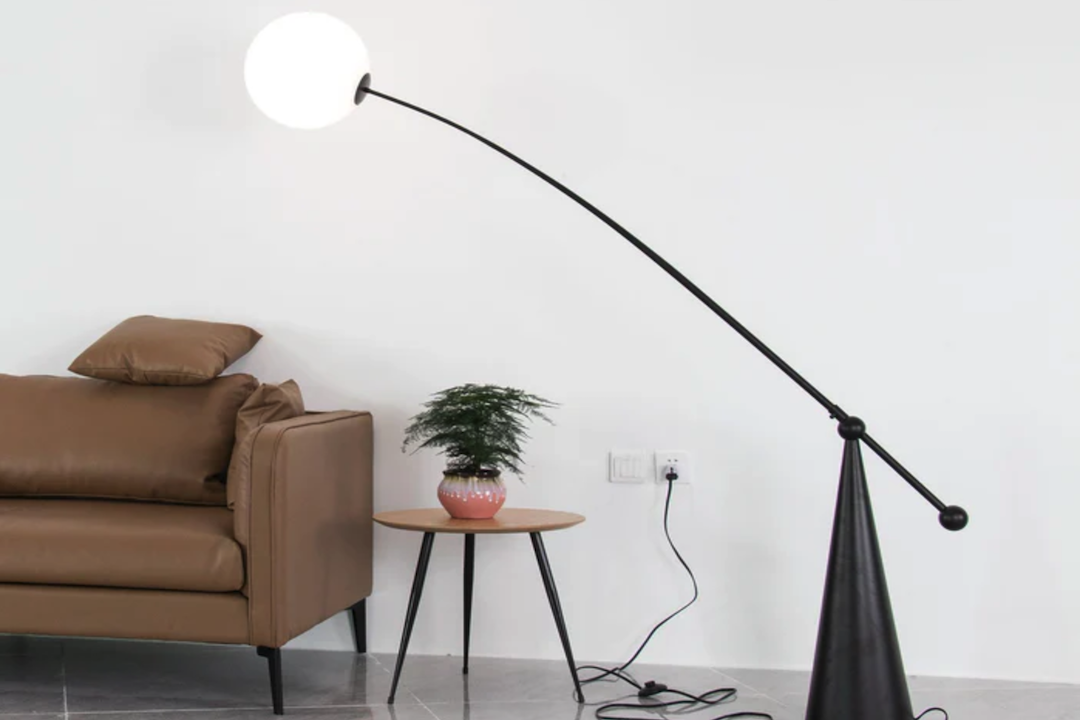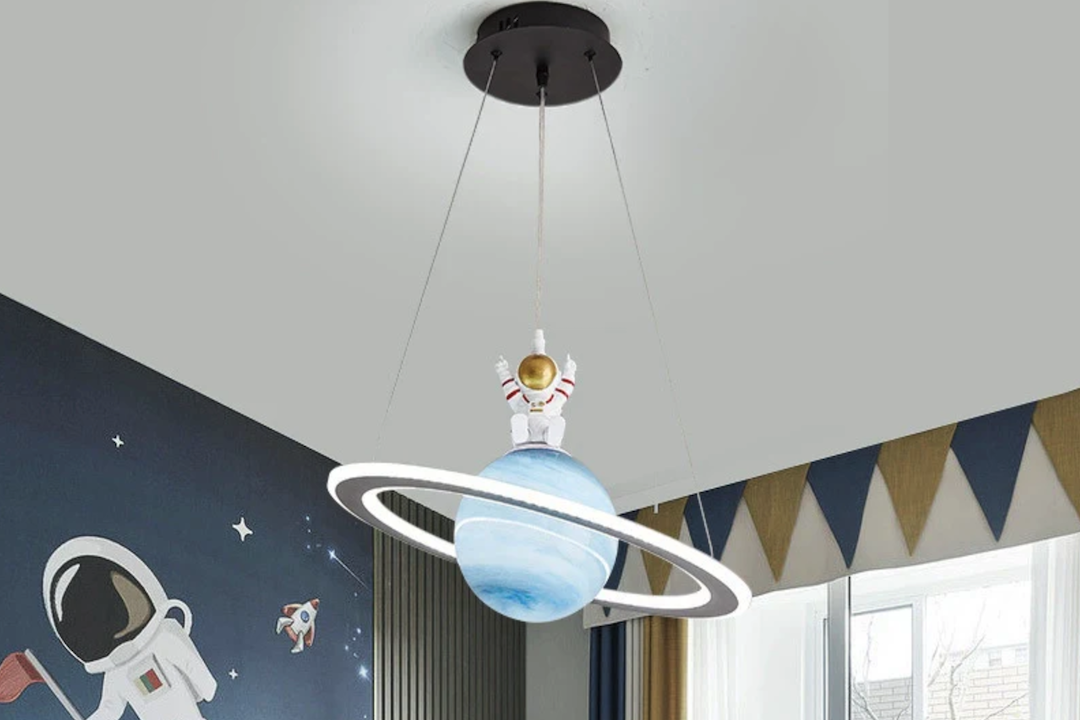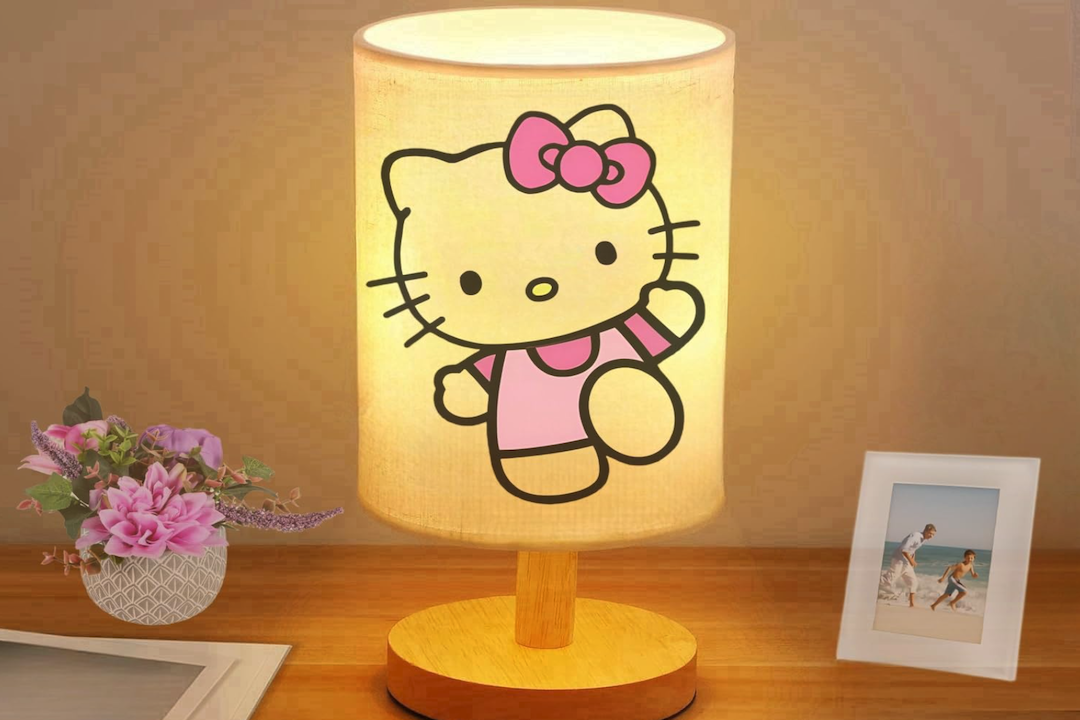The Science of Circadian Rhythms
Our bodies function according to a natural circadian rhythm, a 24-hour cycle that regulates our sleep, digestion, hormones, and more. This cycle is influenced by exposure to light and dark, with natural daylight being the primary regulator of our circadian rhythm.
Daylight exposure triggers the production of hormones like serotonin and cortisol, which help us stay awake and alert during the day. As the sun sets, our bodies naturally begin to produce melatonin, the hormone that helps us fall asleep and stay asleep during the night.
The Benefits of Daylight Effect Lighting
Daylight effect lighting is designed to replicate the natural changes in light throughout the day, in order to enhance our well-being and productivity. By providing the appropriate levels and colors of light at the appropriate times of day, daylight effect lighting can:
- Improve mood and reduce stress
- Enhance cognitive performance and alertness
- Boost energy levels and reduce fatigue
- Improve sleep quality and regulate circadian rhythms
- Reduce the risk of health problems like diabetes, obesity, and depression
The Different Types of Daylight Effect Lighting
There are several different types of lighting that can be used to achieve a daylight effect, including:
Color Temperature
Color temperature refers to the perceived warmth or coolness of a light source, measured in Kelvin (K). Daylight has a color temperature of around 5000K-6500K, which is cooler and bluer than typical indoor lighting. By using light sources with a color temperature of 5000K-6500K, we can replicate the cool blue light of daylight and stimulate alertness during the day.
Light Intensity
The intensity of light refers to the amount of light that reaches our eyes, measured in lumens. Daylight has a relatively high intensity, with outdoor light levels ranging from 10,000-100,000 lux. By increasing light levels indoors to 500-1000 lux during the day, we can simulate the brightness of natural daylight and enhance our mood and alertness.
Light Spectral Power Distribution
Light spectral power distribution refers to the different colors that make up a light source, and how they are distributed. Daylight has a smooth spectral power distribution, with a relatively equal mixture of blue and red light. By using lighting fixtures that mimic the spectral power distribution of natural daylight, we can enhance our well-being and productivity.
Implementing Daylight Effect Lighting
Implementing daylight effect lighting in your home or office can be as simple as using light bulbs with a color temperature of 5000K-6500K and increasing light levels during the day. However, for a more comprehensive solution, it’s recommended to consult with a lighting designer who specializes in circadian lighting. They can help you choose the appropriate lighting fixtures and control systems to create a customized daylight effect lighting plan that suits your specific needs and preferences.
Daylight effect lighting is a lighting solution designed to mimic the natural changes in light throughout the day, in order to enhance our well-being and productivity. By replicating the appropriate levels and colors of light at the appropriate times of day, daylight effect lighting can positively impact our mood, cognitive performance, energy levels, and sleep quality. Implementing daylight effect lighting can be as simple as using the appropriate light bulbs and increasing light levels during the day, or can be a more comprehensive solution with the help of a lighting designer. Overall, the science behind daylight effect lighting confirms that it’s an effective way to enhance our daily lives.











